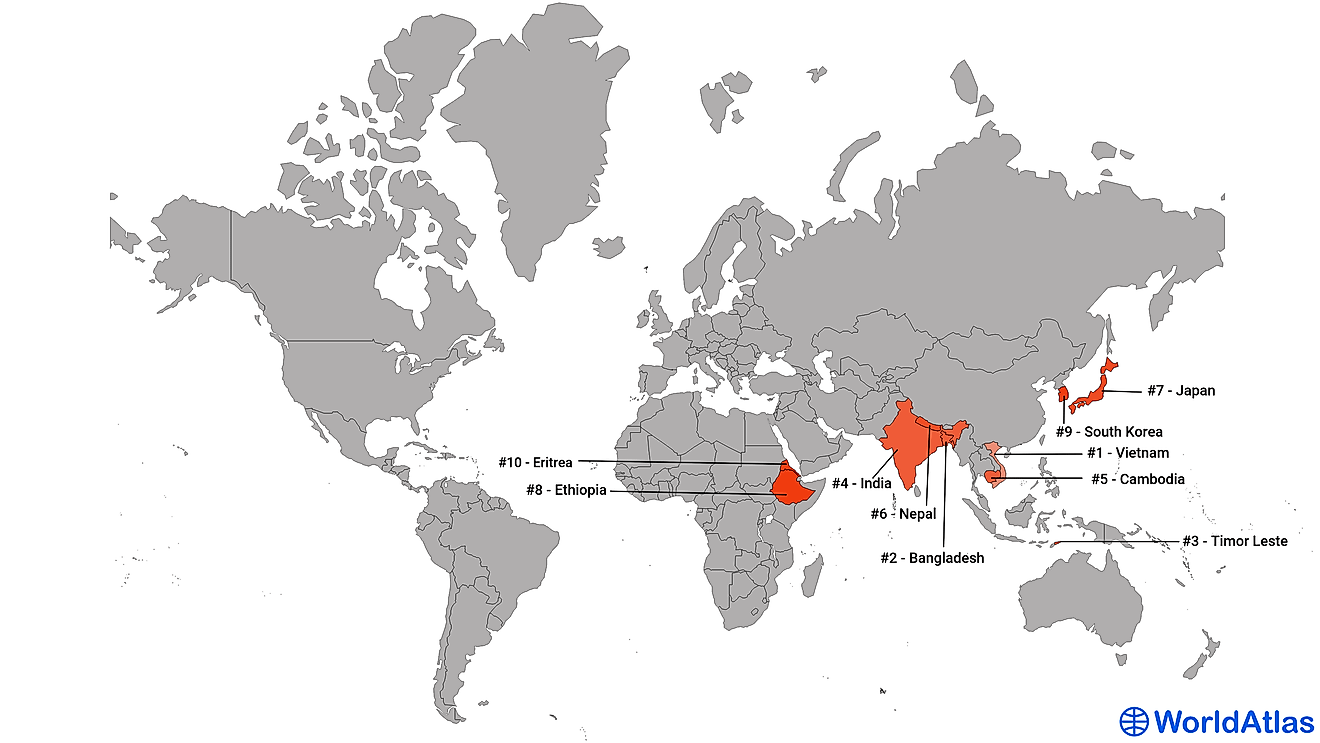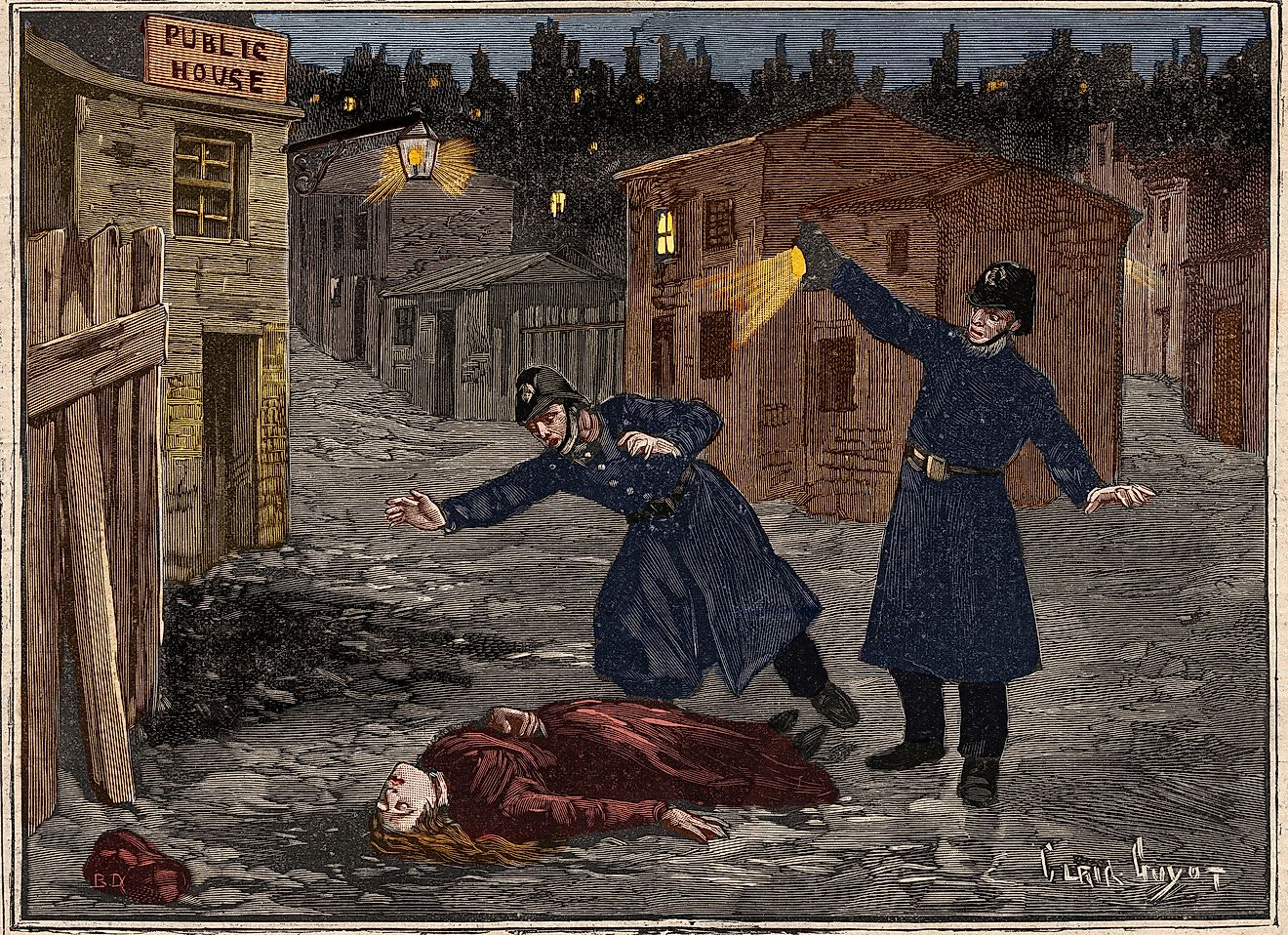Plummeting Fertility Rates In The UK: 1800 to 2020

The fertility rate is defined simply as the average number of children that a woman will have over the course of her reproductive years. This metric is what is normally called the Total Fertility Rate (TFR) and is also known as the absolute/potential natality, the total period fertility rate (TPFR), or the period total fertility rate (PTFR). The metric is only correct if the woman experiences the exact current age-specific rate of fertility throughout her life and if she lives from birth to the time she is no longer productive.
There is a term, “lowest-low fertility” that is used to define a TFR of 1.3 or lower, which is the case with some countries in Europe and Asia. It is not surprising that developed countries have lower rates compared to underdeveloped or developing countries. Some of the factors associated with this pattern include urbanization, wealth, and education. It is also crucial to note that the fertility rate for most developed nations is below the replacement rate. The replacement rate is simply the fertility rate of women to bear enough children to sustain the population.
The Fertility Rate In The UK
The UK is a developed country, which is why it is not surprising that it has been experiencing declining fertility rates. In fact, the trend has been going on steadily since the 1800s and the projections into the future do not show any signs of reducing. However, despite a trend that shows a decline, it is crucial to note that the fertility rate has been sporadic over the years. The fertility rate is also way below the UK’s replacement rate of 2.075.
In 1800, the fertility rate stood at 4.97, which translates to an average of five children per woman over the course of her life. However, in the 1810s, the rate rose as high as 5.5 before dipping again to around 4.9 in the 1830s. In one year, 1940, the rate dipped to an all-time low of -1.8. The most recent data is from 2015 when the rate was at 1.87 while projections into 2020 are at a reduced 1.75.
Reasons For Declining Populations In The Past
During the early 19th century, the population of the UK was sporadic due to a number of things. One of the reasons for such a trend was the absence of peace. A good example of such a period was during the Napoleonic War that lasted between 1803 and 1815. Another battle was the War of 1812 that lasted between 1812 and 1815. The high cost of the wars meant that the people were left with a myriad of problems such as high cost of living, high rate of unemployment, poverty, and high taxation rates. In addition, most of the men were enlisted in the ongoing struggle, which meant the fertility rate was bound to be unstable.
Aside from the troops, there was also a well-developed support network that had been created by the British to support its soldiers. Therefore, a high number of non-combatants always accompanied the army or dedicated a huge amount of their resources towards the war thus reducing the number of people left at home even more. At least 30,000 from England died in the Napoleonic War.
Pax Britannica
Pax Britannica is Latin and it means “British peace.” This period of peace in Britain was a time when the great powers were not warring and Britain was perhaps the most powerful nation in the world. This was a period after Britain had defeated France and had no major threat from other countries. It also meant that Britain was in control of plenty of maritime trade routes and was virtually unopposed at sea.
This time of peace saw the population of the UK recover and the fertility rate plateaued up to 1880. After 1880, the rate dropped steadily all the way to the start of World War. Just like before, Britain sent thousands of soldiers to the war, which saw a further drop in the rate to 1.79 in 1940. After the war, the rate started recovering steadily up to 2.81 in 1965 as the men came back home and the economy recovered.
Baby Boom
The period after the war brought with it a boom in the population of many countries in the world. The people born within that period are called baby boomers and form one of the richest generations in history. In the UK, this meant people had an extended period of peace to build and reproduce. Consequently, people had more wealth that encouraged fertility. The increase in fertility rates was observed all the way to around 1980 (when the Baby Boom ended in the UK) and then it started falling to 1.73. Since then, the fertility rate in the UK has been hovering around that mark.
Modern-day Reasons For The Decline In Birth Rates In The UK
There have been a number of factors that have been credited with the plummeting fertility rate in the UK. They include the following:
- Women empowerment
- Advances in healthcare
- Social enlightenment
- Stillbirths
Women empowerment
The issue of the costs associated with raising a child is a major decision influencer. The cost is not simply monetary value but everything else that the mother has to sacrifice since women spend more time with children. In today’s society, the woman is a highly educated person and so opportunities for women are higher than before. For most women, their reproductive years are spent working and building their careers instead of giving it up for children.
Away from that, there are obvious costs of raising children. Several studies have shown that most people are not willing to bear children if the prevailing economic condition continues. This is especially true for most people between 20 and 30 years who are still struggling with student loans, high living costs, and unemployment. The very women who are supposed to be bearing children are among the multitudes also in such situations.
This above theory is supported by the fact that the decline in fertility rates has only happened to women below 40. Looking at the data, women between 25 and 29 years were at the forefront of having the highest fertility rates in the UK before 2004. After 2004, older women have since taken the lead.
Advances in healthcare
These days, the medical sector is so advanced that there are reduced mortality rates. In the past, women had to give birth to more children because there was a high mortality rate. As such, they were forced to have more kids in case they have lost a child. These days, the pregnancy is tracked from the first to the last month and any issues are detected early. In addition, there is less chance of women getting pregnant by accident because of access to contraceptives, preventive measures, and safer methods of abortion.
Social enlightenment
This is a consequence of education and awareness that people have been receiving in this period. More and more people are realizing that the earth is almost at the limit in terms of population and that any strain on it is detrimental. On a bigger level, governments are also at the forefront in setting climate change targets geared towards bettering the world.
Stillbirth
A stillbirth is one where a baby is born without any sign of life after at least 24 weeks of pregnancy. Trends in the UK show that stillbirths are at an all-time low but they still play a factor in decreasing fertility rates, however small. In 2018, the country recorded stillbirths at the rate of 4.1 per every 1000 births. This can be attributed to the dedicated mission by the government of the UK in ensuring that stillbirths decline to 2.6 per every 1000 births by 2025.
The Aging Of Europe
This massive decrease in fertility rates is bringing about an effect known as the greying or the aging of Europe. It is essentially a demographic pattern that is characterized by a decrease in both fertility and mortality rates as well as an increase in life expectancy. Consequently, the number of working people decreases while the number of retirees goes up. In the coming decades, the number of the older generation is projected to go even higher. The projections also state that there will be an inevitable overreliance on the working population by the aging groups.
However, there are other projections that have been made for the UK that will decrease the aging group. Mostly, this has to do with immigration, that is, younger people from other countries coming to the UK for one reason or another. By 2050, the population of the UK is projected to rise to around 76.8 million.
The Impact On Families
For the past decade, the UK is a bit unsettled and so there is plenty of uncertainty. The interesting thing about this is that the nation has been here before in the 1940s during the wars. However, the government made it a priority to ensure that there was an increase in the birth rate. Currently, the government is not doing that. In fact, the past decade has seen families get reduced support from the authorities.
This withdrawal of support is seen in the form of closure of Sure Start centers, Universal Credit and Tax Credit have a two-child limit, and maternities are struggling to stay afloat.
Plummeting Fertility Rates In The UK: 1800 to 2020
| Rank | Year | Fertility rate in the UK |
|---|---|---|
| 1 | 1800 | 4.97 |
| 2 | 1820 | 5.56 |
| 3 | 1840 | 4.85 |
| 4 | 1860 | 4.89 |
| 5 | 1880 | 4.85 |
| 6 | 1900 | 3.63 |
| 7 | 1920 | 2.42 |
| 8 | 1940 | -1.8 |
| 9 | 1960 | 2.49 |
| 10 | 1980 | 1.73 |
| 11 | 2000 | 1.74 |
| 12 | 2020 | 1.75 |











